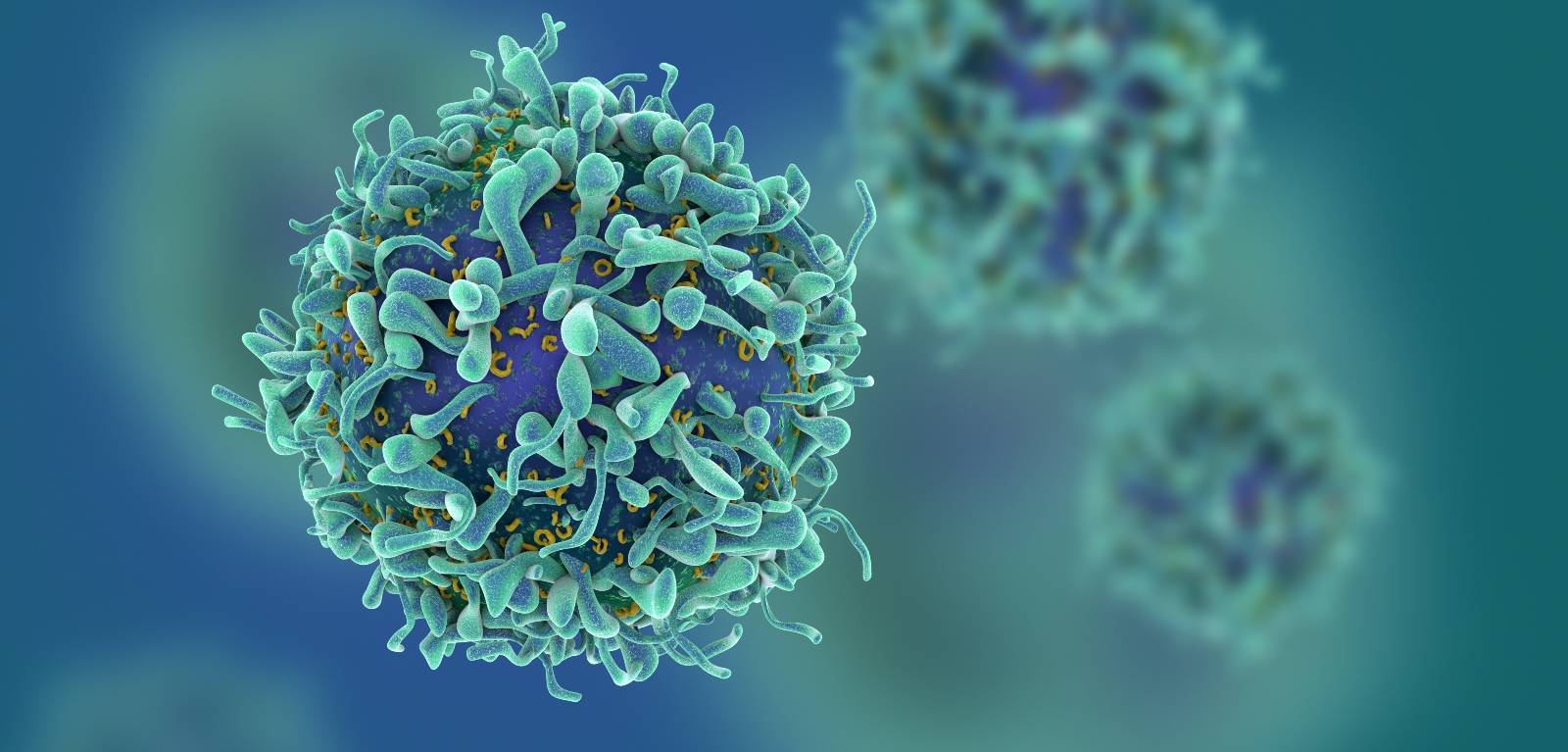New Queen's study will investigate why a DNA change is linked to breast cancer
Researchers are hoping to understand how a particular DNA change can contribute to a person developing breast cancer, and why it increases the risk of the disease in men more than in women, thanks to funding from Breast Cancer Now.

The charity has awarded £314,945 to Dr Seyed Mehdi Jafarnejad from the Patrick G Johnston Centre for Cancer Research at Queen’s University to investigate how a specific genetic variation affects a protein called ZFP36L1 and in turn impacts breast cancer risk.
Many different factors can influence the chance of someone getting breast cancer, such as DNA, lifestyle and environment.
Earlier work by Dr Jafarnejad and his colleagues Professor Nick Orr, Dr Sarah Maguire and Professor Montse Garcia-Closas, found that this genetic variation reduces the levels of the ZFP36L1 protein in healthy breast cells.
They also found that breast cancer cells tend to have lower levels of this protein, suggesting that lack of this protein might enable healthy cells to become breast cancer. And people with lower levels of ZFP36L1 in breast tumours often have a poorer outlook.
But scientists still don’t fully understand the role the ZFP36L1 protein plays in breast cancer and want to understand this better.
With this new Breast Cancer Now funding, Dr Jafarnejad and his team want to understand more about this protein, including why lower levels of it increase the risk of breast cancer, and especially why this is more so in men, when overall, men have a lower risk of developing the disease.
The team will also investigate how the ZFP36L1 protein regulates different processes in healthy breast cells and how a break down in this system can lead to healthy cells becoming breast cancer.
The researchers will use breast tumour samples from the Breast Cancer Now Male Breast Cancer Study and the Breast Cancer Now Generations Study to explore which genes the ZFP36L1 protein controls in healthy breast cells and breast cancer cells in both men and women. And to see how losing this protein affects breast cells, including their ability to grow and become cancer.
They also hope to understand why the ZFP36L1 protein impacts breast cancer risk in men and women differently. By understanding these differences we may be able to find better ways to prevent or treat the disease.
Commenting on the importance of this new study, Dr Jafarnejad said: “We’re exploring how the ZFP36L1 protein helps breast cells stay healthy and why lower levels might lead to breast cancer in men and women. It may also help us understand why breast cancer affects people differently. All this could open the door to new ways to prevent breast cancer or stop it from growing.”
Dr Simon Vincent, Breast Cancer Now’s Chief Scientific Officer said: “Breast cancer is much more common in women than men, with 55,000 women but only 400 men diagnosed with breast cancer each year in the UK. That is mostly due to differences in hormones and the greater number of breast cells in women, but we know that there are other differences between the disease in women and men.
"This work will help us understand more about those differences, and give us clues to the causes of breast cancer in both men and women. It will be a key step from which we can identify and develop new and better ways to treat, and ultimately prevent, this devastating disease.”
Media
Media inquiries to Sian Devlin at s.devlin@qub.ac.uk